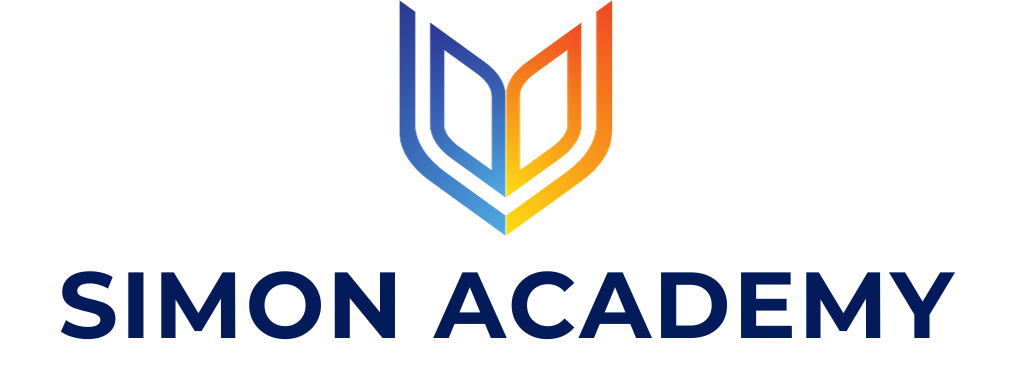
Onboarding and Ongoing Monitoring: Who Are High-Risk Customers, Really?
May 7
/
Leonard Nwogu-Ikojo
In this fictional case study, when a well-dressed client walked into Ana’s office, everything seemed in order—on paper. But beneath the polished documentation lay a complex ownership structure, ties to offshore entities, and subtle red flags that hinted at something more. In today’s fast-evolving compliance landscape, identifying high-risk customers isn’t always straightforward. This article dives into Ana’s case to unpack how seemingly legitimate clients can raise deeper concerns—and why Enhanced Due Diligence, risk-based thinking, and regulatory vigilance are more critical than ever under the EU’s 6AMLD and FATF guidelines.
This article is intended for educational and informational purposes only and does not constitute legal, regulatory, or professional compliance advice.The scenario and recommendations provided are illustrative and may not capture all applicable requirements or risks in specific cases.Readers should follow their organization’s internal policies, data protection requirements, and seek professional advice tailored to their circumstances.
This article is intended for educational and informational purposes only and does not constitute legal, regulatory, or professional compliance advice.The scenario and recommendations provided are illustrative and may not capture all applicable requirements or risks in specific cases.Readers should follow their organization’s internal policies, data protection requirements, and seek professional advice tailored to their circumstances.
When Ana received her second espresso, she sensed that something was off. In her role at a mid-sized European bank, she had onboarded hundreds of clients, most of whom followed a standard process: providing passports, proof of address, completing a short video verification, and sharing a smile. However, this client was different.
Beneath the polished exterior lay a complex situation: a multi-layered ownership structure involving BVI shell companies and a board member with prior connections to a high-risk country's energy sector—a jurisdiction recently flagged by Brussels for weaknesses in Anti-Money Laundering (AML) efforts. While the documentation appeared flawless and the client's demeanor exuded confidence, subtle red flags began to surface.
This was not a clear-cut case of blatant criminality; rather, it represented the nuanced challenge of dealing with high-risk customers—individuals and entities operating in the grey areas between legitimate business and potential illicit finance. In the intricate landscape of European financial crime compliance, such profiles demand heightened vigilance from compliance and risk professionals and attract intense regulatory scrutiny.
So, who exactly are these high-risk customers? They cannot be defined by simple stereotypes. Their risk profile is influenced by a combination of context, behavior, and exposure. Within the EU, identifying and managing these elevated risks is a core regulatory obligation, driven by the 6th Anti-Money Laundering Directive (6AMLD) and Financial Action Task Force (FATF) recommendations, to maintain financial integrity. Here are some key risk indicators to consider:
Politically Exposed Persons (PEPs) are not automatically corrupt. However, their positions of influence and access to public funds inherently pose a higher risk of misuse. Ana's well-dressed client had a connection to a former energy minister in a country with governance challenges. While this was not illegal, it warranted Enhanced Due Diligence (EDD)—a deeper investigation into the client's financial affairs and source of wealth.
Certain jurisdictions, characterized by weak governance, high corruption levels, or conflict, present a higher-risk environment. Transactions linked to these high-risk jurisdictions or clients with significant ties there require increased scrutiny and a more cautious approach, in line with risk-based procedures.
Identifying the true beneficial owner is a critical step in effective Know Your Customer (KYC) procedures. The lack of clarity regarding the Ultimate Beneficial Owner (UBO) often indicates an attempt to conceal illicit funds or activities. When ownership is intentionally obscured through layers of shell companies, offshore trusts, and multiple registrations, the risk significantly increases.
Behavioral anomalies from seemingly low-risk individuals can raise suspicion through unusual financial habits. Sudden large international transfers, resistance to routine KYC updates, or frequent significant cash deposits are red flags that warrant further investigation and may indicate underlying illicit activity.
It is important to remember that these are not just abstract risks on paper. Each client file represents a real-world narrative involving various factors. Ana's decision to flag the client was based not solely on intuition, but on inconsistencies in the information provided and subtle indicators suggesting a higher risk profile. Effective onboarding and ongoing monitoring require both robust processes and skilled professionals who can critically analyze information and identify discrepancies.
The European Compliance Framework: A Regulatory Imperative
For European financial institutions, identifying these high-risk profiles is not optional; it's a legal requirement under AML regulations. Enhanced Due Diligence is not merely a procedural step; it's the required heightened scrutiny applied to individuals and entities with a higher risk of money laundering or terrorist financing. Ongoing monitoring involves continuously assessing a client's risk profile throughout the business relationship to detect any changes or suspicious activity.
Failure to comply with these obligations can result in significant consequences: hefty fines, serious reputational damage, and potential criminal liability. Furthermore, the regulatory scope is expanding to include previously less regulated sectors, such as crypto-asset service providers (CASPs), real estate agents, and art dealers.
Conclusion
High-risk customers rarely make themselves obvious. By leveraging appropriate AML technology, empowering well-trained compliance professionals, and fostering a strong culture of compliance and proactive risk awareness, European financial institutions can navigate this complex landscape effectively. Balancing business opportunities with the fundamental duty to protect the integrity of the financial system is paramount. Ultimately, it is about going beyond mere checkbox compliance and cultivating a mindset that encourages critical evaluation.

Simon Academy © 2025
Company
-
About
-
Careers
-
Team
-
Contact
